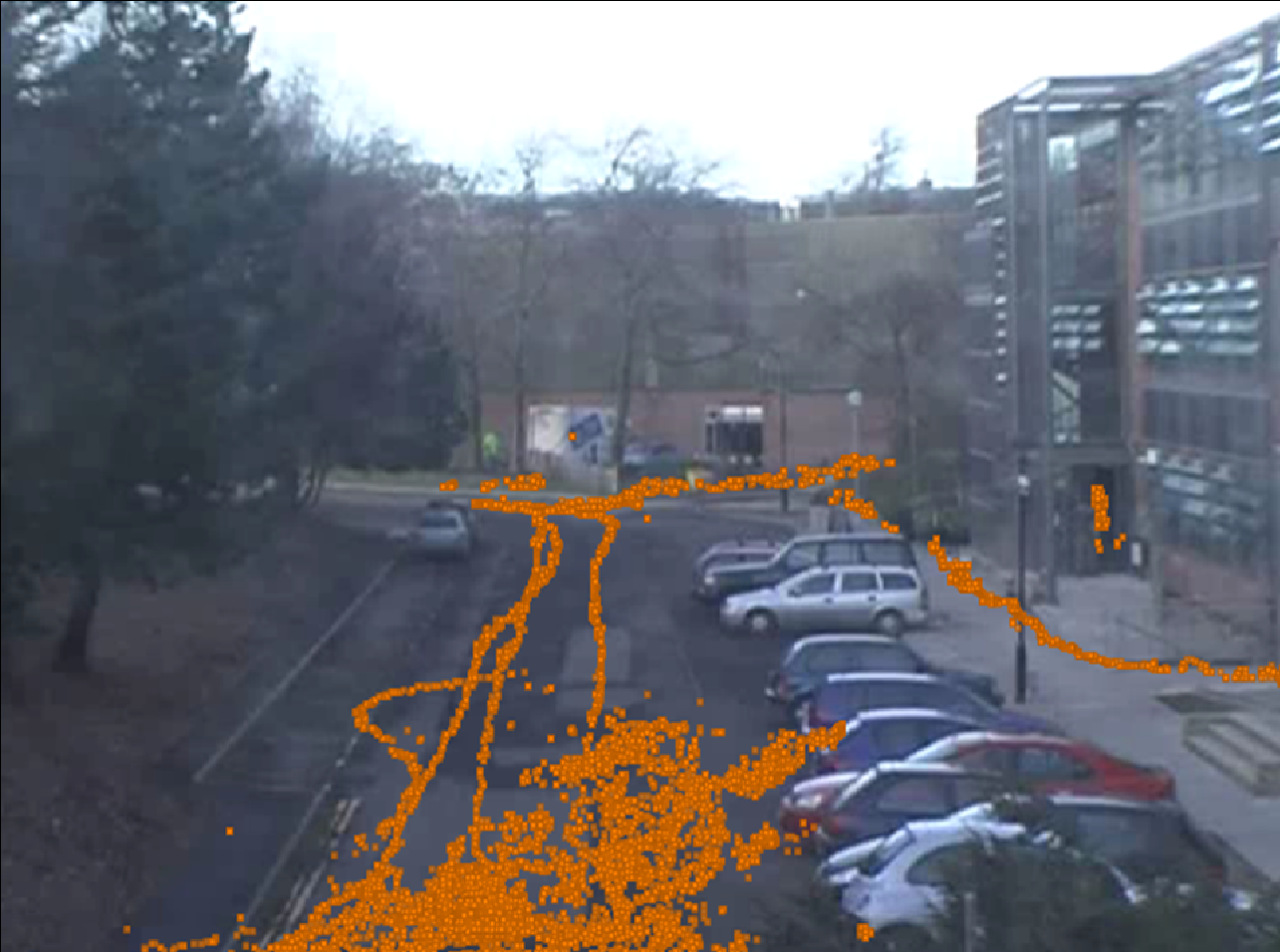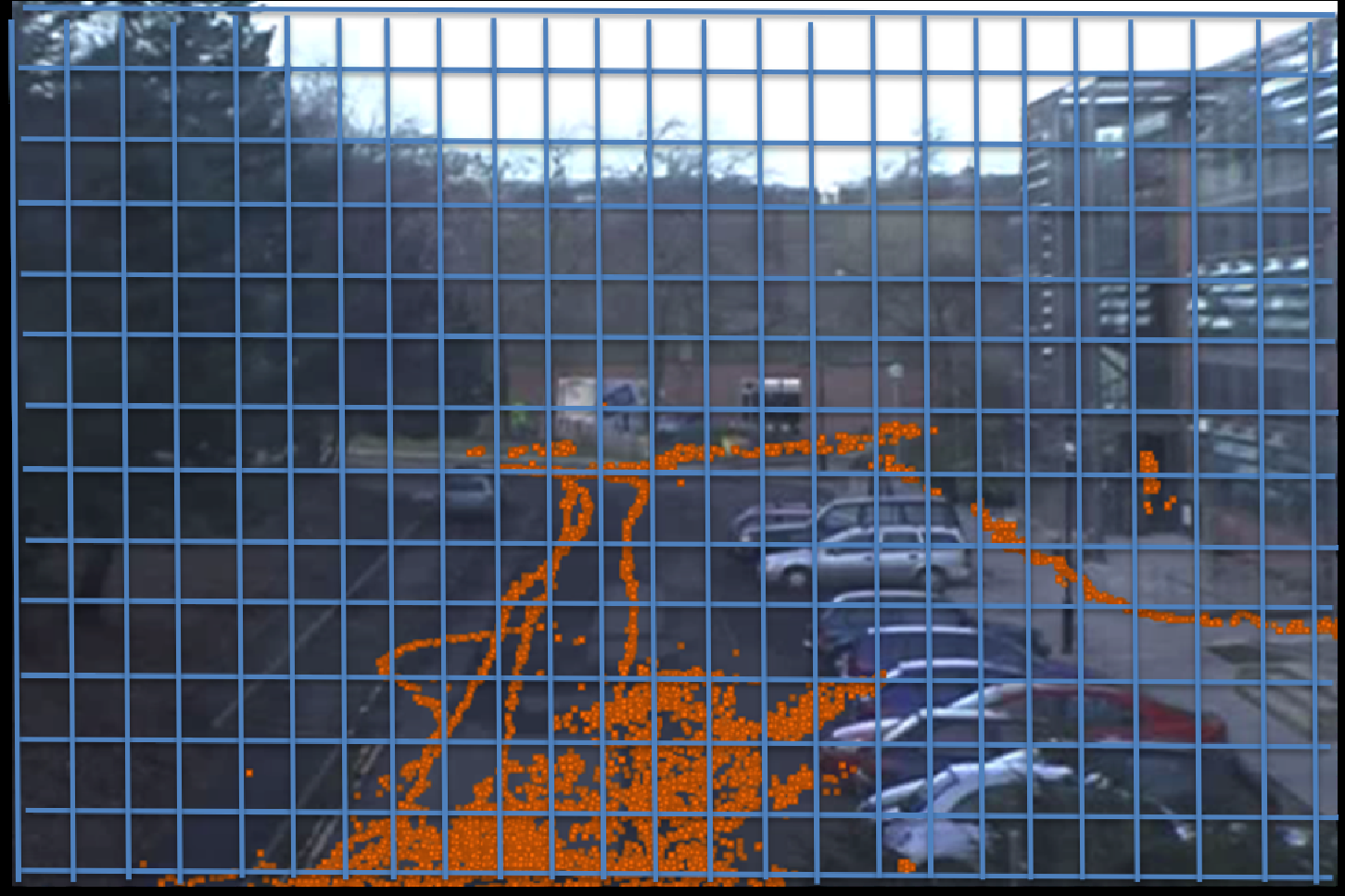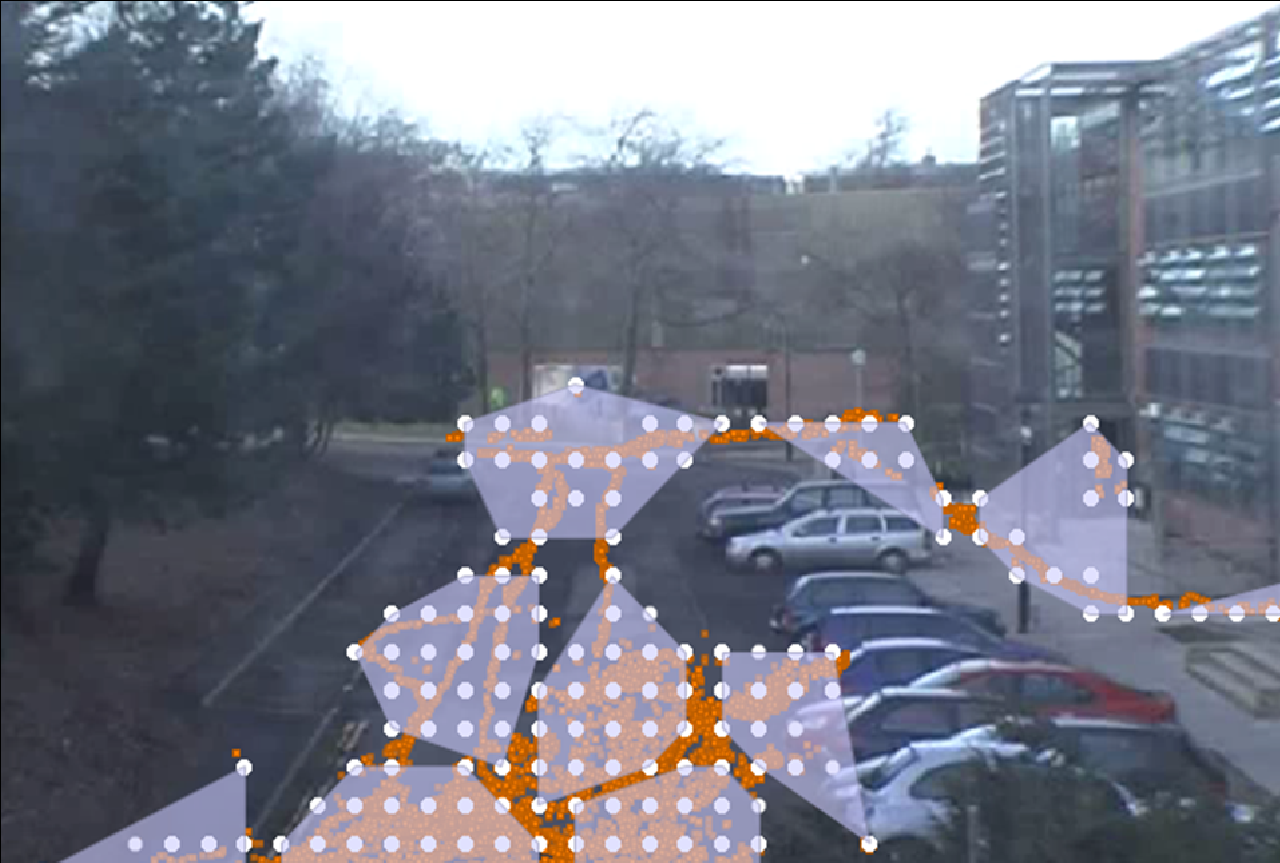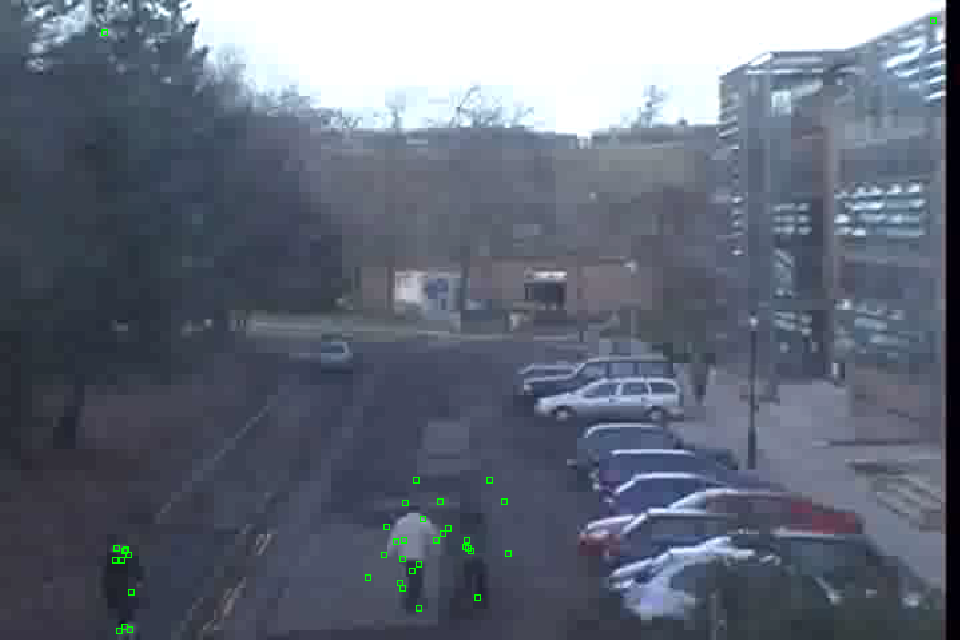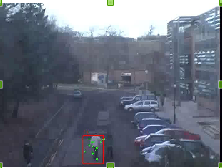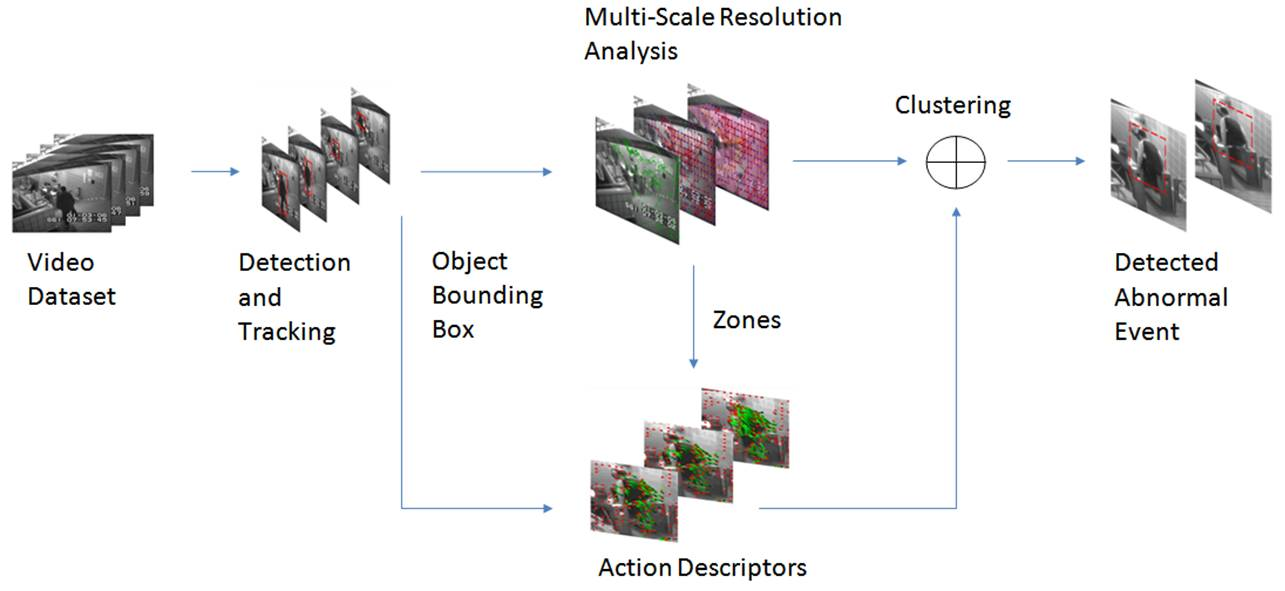Section: New Results
Abnormal Event Detection in Videos and Group Behavior Analysis
Participants : Giuseppe Donatielo, Vania Bogorny, Serhan Cosar, Luis Campos Alvares, Carolina Garate, François Brémond.
keywords: activity recognition, abnormal events, group behavior analysis, trajectory clustering
This work addresses two different issues: (i) abnormal event detection and (ii) group behavior analysis in videos.
Abnormal Event Detection
For abnormal event detection we are proposing a fused approach that combines trajectory-based and pixel-based analysis. In this work we first discover the activity zones based on object trajectories, and we investigate abnormal events considering objects that move in wrong direction and/or with abnormal speed. Second, inside each zone we extract dense tracklets and using the clustering technique we discover different types of actions, and are able to distinguish between normal and abnormal actions inside each zone.
While existing approaches for abnormal behavior detection do either use trajectory based or pixel based methods, we propose a fused solution which can detect simple abnormal behavior based on speed and direction, as well as more complex behavior as abnormal activities. In a first step we automatically learn the zones of the scene where most activities occur, by taking as input the trajectories of detected mobiles, analyzing then statistical information of each mobile in each zone (speed and direction), through the use of a scale-resolution analysis. This approach implies a considerable complexity decrease of having huge data set and then an extensive impact of the algorithm speed, without losing useful information. Figure 33 shows an example of this first part.
|
The next step concerns a pixel based analysis inside each zone. This step takes as input each zone computed in the previous step and the bounding box of the object trajectories, and extracts action descriptors inside the bounding box of each object trajectory inside the zone. With this step we obtain the different body movements of each detected mobile inside a zone. By clustering the body motions and using Bags of Words, we detect different types of abnormal activities inside each zone. Figure 34 shows an example of what just mentioned.
The last step of our approach is a clustering operation of all information gathered in the previous two steps, that is for each mobile, speed, direction, and body movements-actions in each zone are applied to discriminate between different types of abnormal behavior in the scene. A flow diagram of our approach is presented in Figure 35 .
We have tested our approach on several real videos recorded. We show with experiments on two open datasets that our approach is able to detect several types of abnormal behavior.
Group Behavior Analysis
Group behavior analysis is focused on the extraction of groups based on object trajectories and the analysis is performed over the dense tracklets, computed for the groups bounding boxes. From the analysis of the dense tracklets we detect different levels of agitation. These works are ongoing and have not yet been published.


